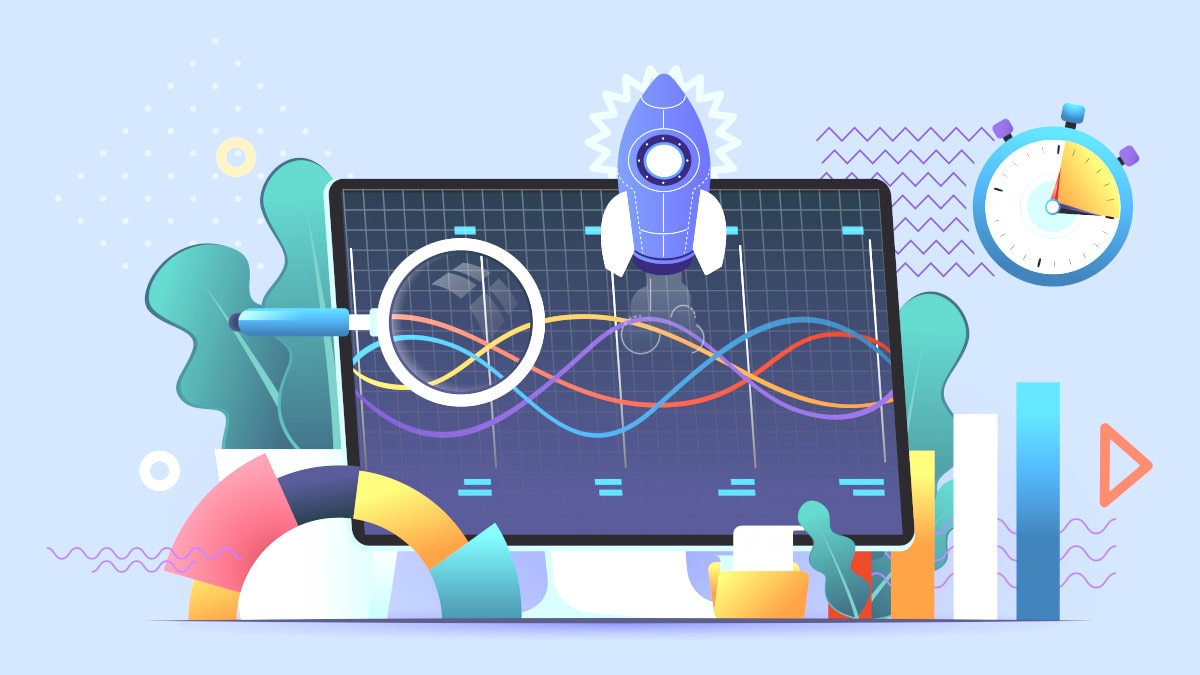In today’s fast-paced digital landscape, user experience reigns supreme.
From ecommerce platforms to informational websites, blogs and websites, every online venture hinges on one critical aspect: page load time.

But what exactly is page load time, and why does it matter?
What Is Page Load Time?
Page load time refers to the duration it takes for a web page to fully display its content on a user’s screen. Read: What loads first on a website? Also try to reduce TTFB.
It encompasses various factors, including server response time, browser rendering, and the retrieval of external resources such as images, scripts, and stylesheets. Essentially, it measures the speed at which a webpage loads and becomes interactive for the user.
Factors Influencing Page Load Time.
- Hosting infrastructure: The quality of your web hosting service significantly impacts page load time. Opting for a reliable web hosting provider and server configuration can minimize delays in serving web pages to users. Hosting infrastructure is the foundation of all applications.
- Website design and development: Complex web designs, excessive use of multimedia content, and inefficient coding practices can contribute to slower page load times. Optimizing code, minimizing HTTP requests, and compressing files can streamline the loading process.
- Image optimization: Large, unoptimized images are one of the primary culprits behind sluggish page performance. Compressing images, choosing the appropriate file formats, and leveraging lazy loading techniques can help reduce load times without compromising visual quality.
- Caching mechanisms: Implementing browser caching and server-side caching can store frequently accessed resources locally, reducing the need for repeated downloads and expediting page loading for returning visitors. Full page cache and object cache are the best caching techniques.
- Content Delivery Networks (CDNs): CDNs distribute website content across multiple servers worldwide, ensuring that users receive data from the nearest geographical location. This minimizes latency and accelerates page load times, especially for global audiences.
Importance of Page Load Time for SEO.
Page load time is not just a user experience metric; it’s also a crucial ranking factor in search engine algorithms. Search engines like Bing, Google, and others prioritize websites that deliver fast and seamless experiences to users.
A slow-loading website not only frustrates visitors but also risks lower search engine rankings, decreased organic traffic, and higher bounce rates.
Enhancing User Experience and Performance.
Investing in optimizing page load time is an investment in the success of your online presence. By prioritizing speed and performance, you can:
- Improve user satisfaction and engagement.
- Increase conversion rates and sales on e-commerce platforms.
- Boost search engine visibility and organic traffic.
- Establish credibility and trust with your audience.
Conclusion.
Page load time plays a pivotal role in shaping the online experience for users and directly impacts the success of your website. By understanding the factors influencing load times and implementing optimization strategies, you can create a faster, more responsive website that delights visitors and drives business growth.
For professional assistance in optimizing your website’s performance and enhancing user experience, contact us, your trusted partner in digital optimization solutions.
Leave a Reply